Resource Conservation and Recovery Act 40th Anniversary

On this page:
Marking 40 Years of Protection, Prevention and Preservation
In 2016, EPA marked the 40th anniversary of the signing of the primary law governing the disposal of solid and hazardous waste – the Resource Conservation and Recovery Act (RCRA). Imagine a world where toxic chemicals seep into our water and midnight dumping renders waterways lifeless, where hazardous waste is haphazardly dumped on the land and houses for families are built right over uncontrolled dump sites, where trash is commonly burned in the open sending thick black smoke through neighborhoods. Welcome to America before the Resource Conservation and Recovery Act.
On October 21, 1976, President Ford signed RCRA in order to address the increasing problems the nation faced from our growing volume of municipal and industrial waste. Over the past 40 years, EPA and countless others have worked together to protect the health of communities by promoting resource conservation and implementing safe waste management practices. RCRA sets national goals for:
- protecting human health and the environment from the potential hazards of waste disposal;
- conserving energy and natural resources;
- reducing the amount of waste generated; and
- ensuring that wastes are managed in an environmentally sound manner.
Today, the RCRA program advances environmental stewardship, cleanups and circular economy; and it continues to promote economic growth and green job creation. EPA is committed to ensuring RCRA continues to evolve to meet the challenges of a dynamic future.
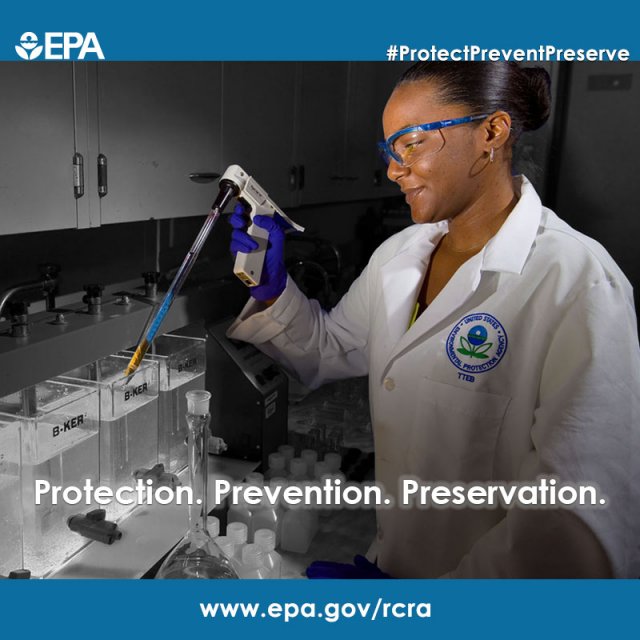
The RCRA Next Forum
As RCRA celebrated its 40th year, EPA convened leading organizations and interested parties from federal, state and local governments, industry, nonprofits, and the academic community to start the conversation about once again definition priorities to inform the next generation of solid and hazardous waste and materials management. On December 8, 2016, EPA hosted the RCRA Next Forum, which brought together key groups to discuss four main themes that encompass emerging challenges for developing effective waste and materials management policy and opportunities to address these issues with new and innovative solutions. These four themes were:
- Hazardous and industrial waste management;
- Sustainable materials management/cross-media, cross-sector issues;
- RCRA cleanup programs from a state/local perspective; and
- Cross-governmental/jurisdictional issues.
For more information on the last 40 years of RCRA, check out the RCRA timeline.
Case Study
RCRA is a diverse and far-reaching program that helps protect human health and the environment from coast to coast. Read below to find out how RCRA protects communities all across our country.
Region 10 Case Study: Boeing Plant 2 RCRA Corrective Action
Boeing Plant 2 (Plant 2) is a RCRA permitted hazardous waste facility located on the east bank of the Lower Duwamish Waterway (LDW) in Seattle/Tukwila, Washington. Plant 2 was built in the late 1930s as a major aircraft manufacturing facility during World War II. To protect Plant 2 from foreign reconnaissance, the U.S. Army Corps of Engineers camouflaged the building’s roof to resemble a neighborhood complete with homes and trees. From the air, Plant 2 blended in with the surrounding communities.
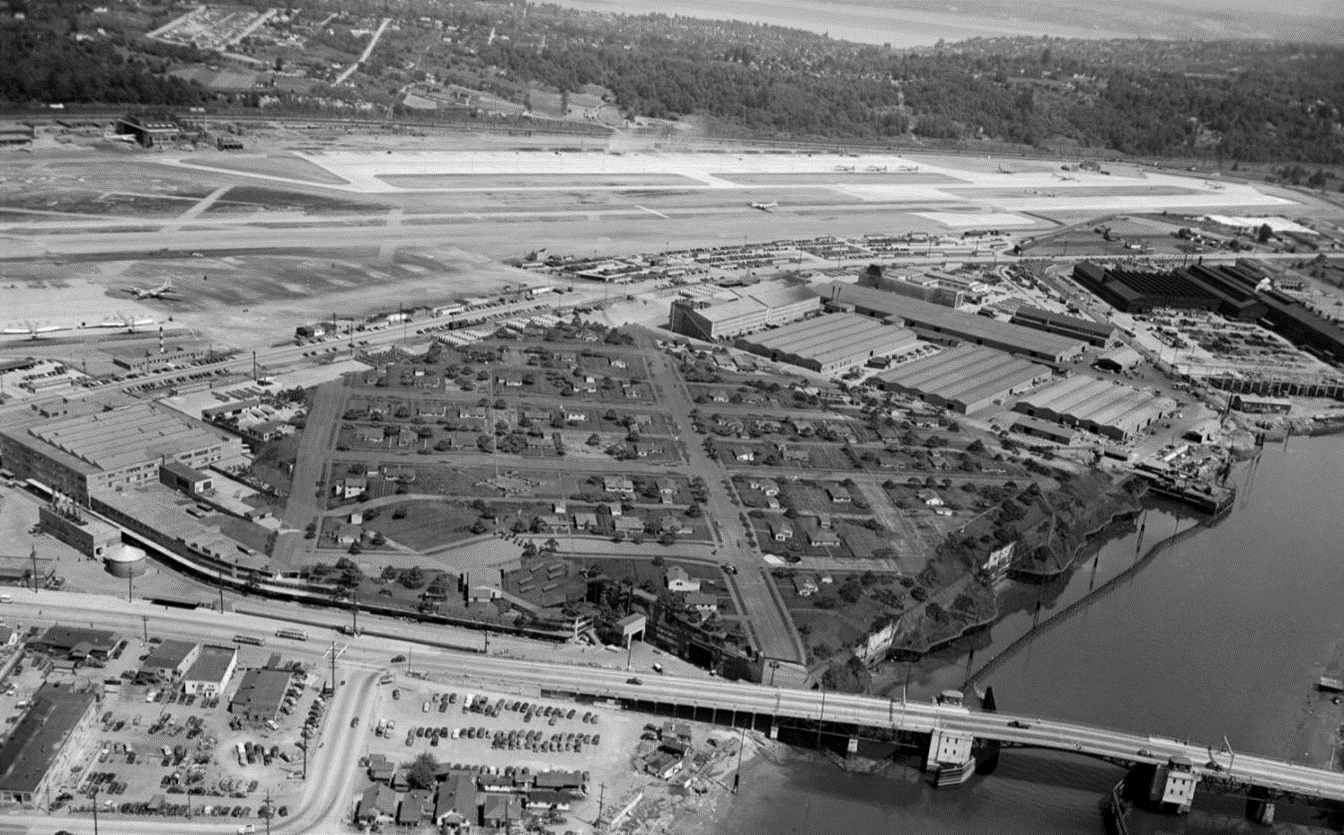
Polychlorinated biphenyls (PCBs) from large electricity generators and transformers were released at Plant 2 and into the LDW. A wide range of other hazardous chemicals were found in the soil, groundwater and sediment, including metals and chlorinated solvents. When the LDW became an EPA Superfund site, several “hot spot” areas of sediment contamination were targeted for cleanup before the larger Superfund cleanup of the LDW. These areas were designated as “Early Action Areas”, and Plant 2 is one of several. Three others are nearby: Jorgensen Forge to the south, Terminal 117 across the waterway, and Slip 4 to the north.


In August 2011, EPA released a Final Decision and Response to Comments for the cleanup of the sediments and shoreline at Plant 2. Pursuant to a RCRA Order on Consent and a series of parallel risk-based disposal approvals issued under the Toxic Substances Control Act, work spanning approximately one-mile was conducted to cleanup Plant 2 sediments over the course of three construction seasons between January 2013 and March 2015. During construction, Boeing removed approximately 265,000 cubic yards of contaminated sediment from the waterway and shoreline, employing precision dredging to reduce the amount of sediment removed and hauled to a landfill, and replaced the contaminated sediment with clean sand backfill in the waterway. They conducted habitat restoration along the shoreline, which incorporated the construction of a five-acre intertidal wetland.



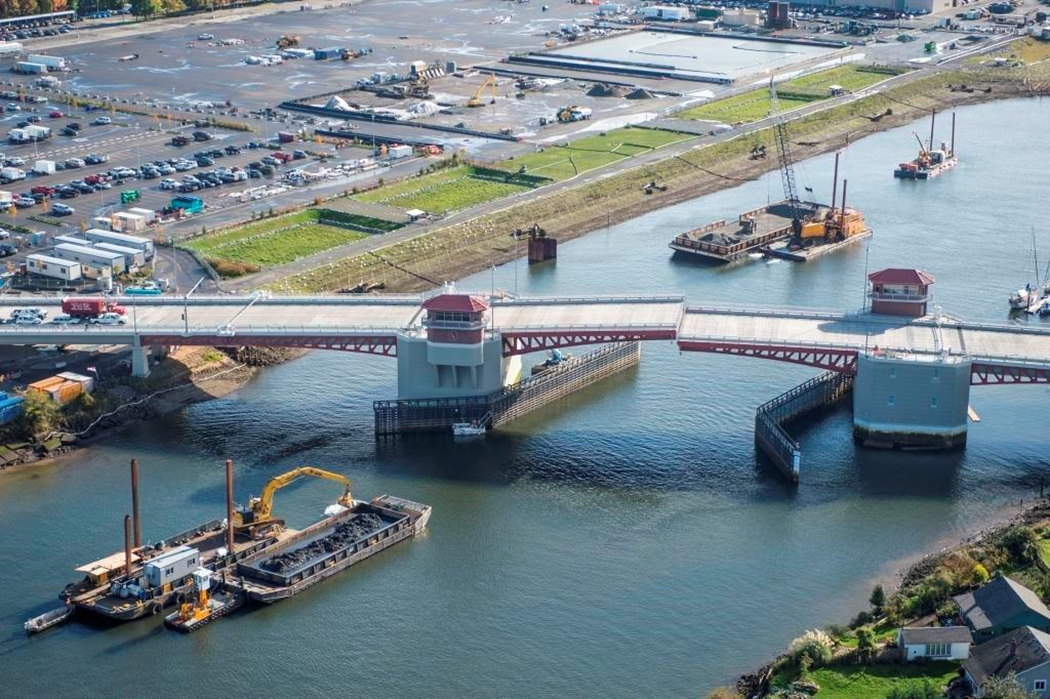


In addition to shoreline restoration, Boeing made significant efforts to control and treat the storm water and dredge return water prior to discharge into to the LDW.
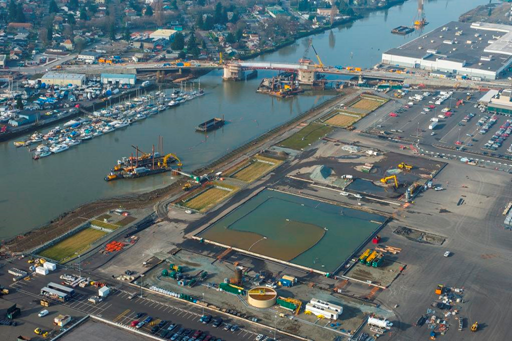
Boeing and EPA conducted and continue to conduct outreach to interested parties and communities, as well as partnered and continue to partner closely with local Tribes, neighborhoods, other responsible parties and multiple local, state and federal authorities. Boeing voluntarily posted real-time water quality data for specific locations upstream and downstream of their operation to a public website over the course of construction to inform the public about water quality.
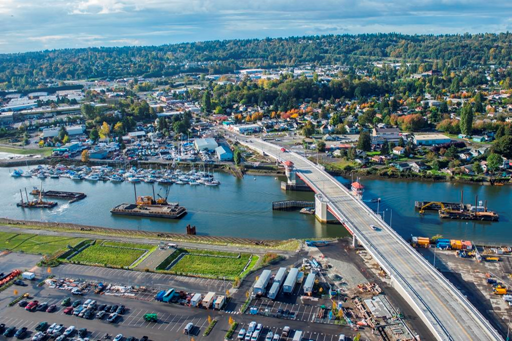
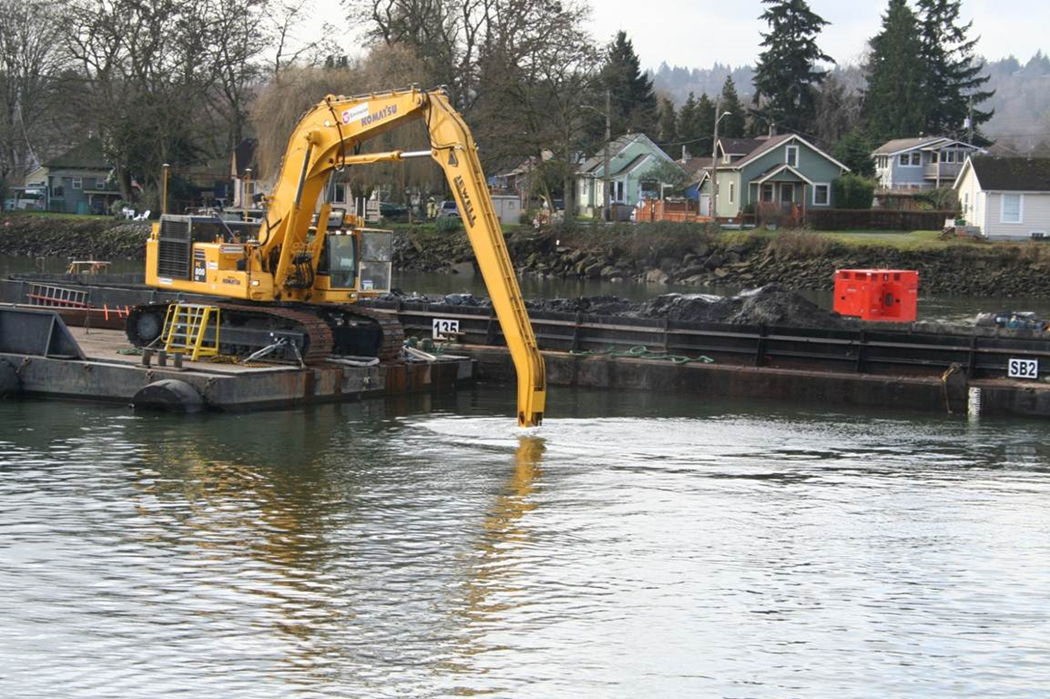
Coordination and negotiation with the Tribes to mitigate disruption to Tribal treaty fishing rights occurred prior to dredging contaminated sediments.
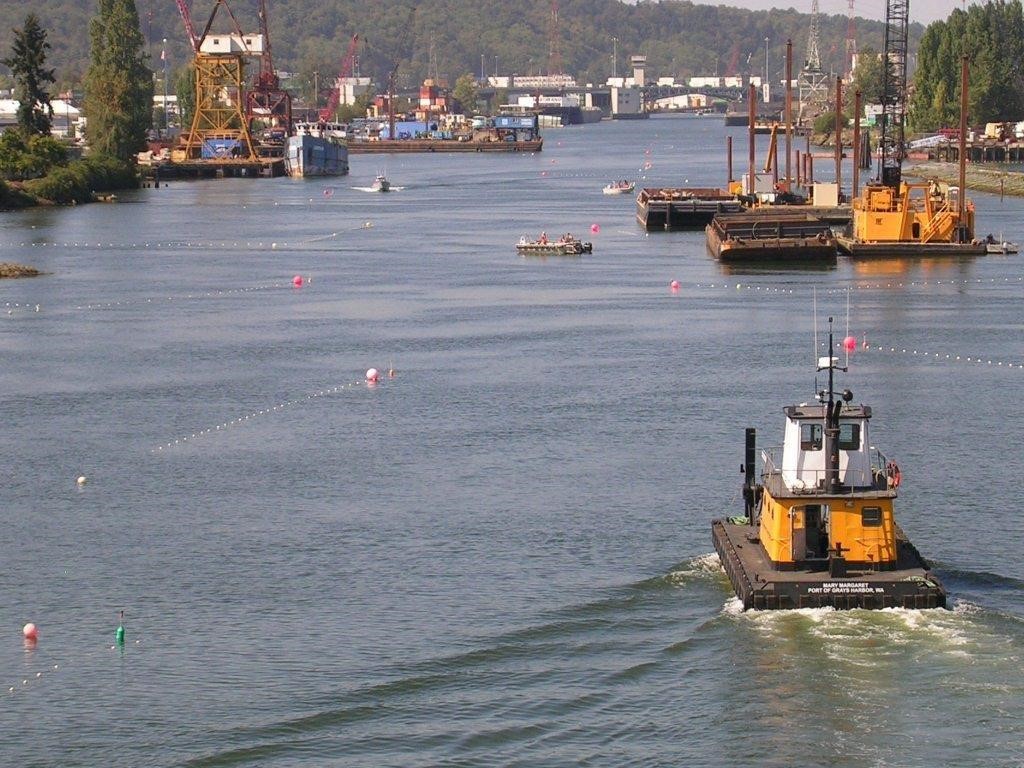
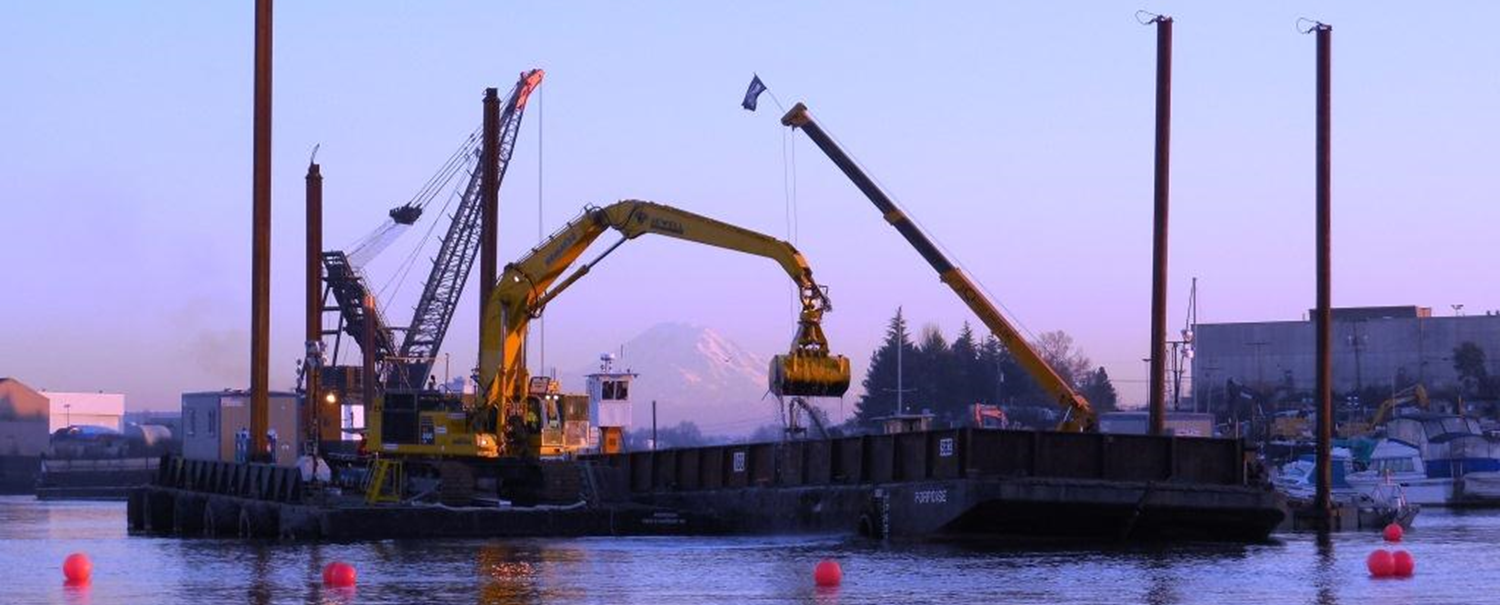
For more information, check out Boeing’s Plant 2 website.
